How to prevent heat loss in your home this winter
April 28, 2025 at 6:00 a.m.By J&K Roofing.
Roofing issues that lead to heat escape.
As winter settles in, your home’s energy efficiency faces its biggest challenge. The colder temperatures make it more important than ever to keep your home warm without sending your energy bills through the roof. Unfortunately, heat loss can occur in ways that aren’t always obvious, like drafts around windows, cracks in your siding or insufficient insulation in your attic. These seemingly small issues can force your heating system to work harder, leading to higher bills and less comfort. In this guide, J&K Roofing will walk you through common sources of heat loss and show you how to spot and fix them. By addressing these hidden issues, you can keep your home cozy, efficient and ready to take on the winter chill.
Windows: The common culprit for heat loss
Drafts around windows
Drafty windows are one of the leading causes of heat loss in a home. If you notice a chill near your windows or temperature inconsistencies in certain rooms, drafts could be the issue. These occur when window seals deteriorate, letting cold air sneak in and warm air escape.
While windows have come a long way in efficiency over the past decade, many homes still have original, builder-grade windows that prioritize cost over performance. Upgrading to modern, energy-efficient windows can make a noticeable difference, thanks to advanced insulation features that keep your home comfortable year-round.
What to look for:
- Cool breezes or temperature drops near windows
- Gaps or cracks in the window frames
- Increased energy bills during winter
How to fix it:
- Apply weatherstripping around the frames.
- Use caulk to seal any visible gaps or cracks.
- Consider upgrading to energy-efficient windows with better insulation properties.
Condensation on windows
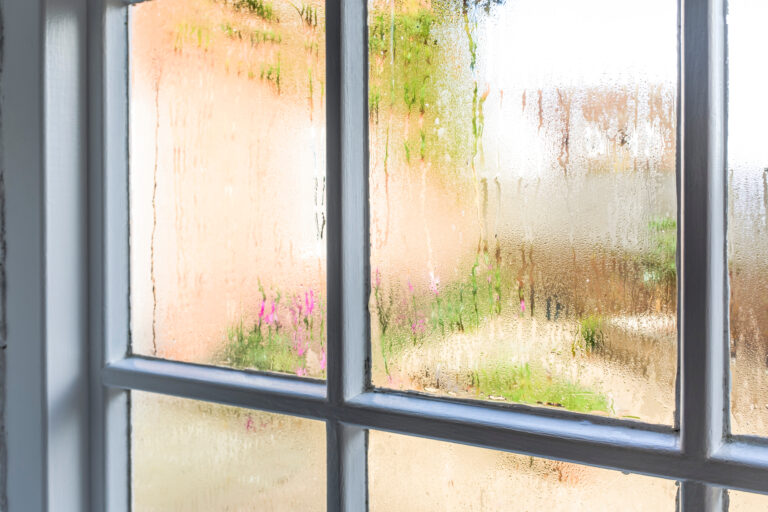
Condensation on windows might seem harmless, but it’s a sign of poor insulation or excessive humidity in your home. When warm air inside meets the cold surface of your window, it cools quickly and turns into moisture. This can lead to heat loss and even damage your windows over time.
What to look for:
- Water droplets forming on the interior glass
- Mold or mildew around windowsills
- Frost building up in extremely cold weather
How to fix it:
- Reduce indoor humidity with a dehumidifier.
- Insulate your windows with plastic window film during the winter.
- Upgrade to double-pane or triple-pane windows that provide better thermal protection.
Siding: An overlooked source of heat loss
Gaps and cracks in siding
Siding protects your home from the elements, but over time, gaps or cracks can form. These openings allow cold air to seep in and warm air to escape, forcing your heating system to work overtime to keep your home comfortable.
What to look for:
- Visible cracks, warping or loose siding panels
- Drafts near exterior walls
- Temperature differences between rooms
How to fix it:
- Use exterior-grade caulk to seal small gaps and cracks.
- Replace damaged siding panels to restore your siding’s protective barrier.
- Upgrade to insulated siding, such as James Hardie fiber cement or LP SmartSide, for better energy efficiency.
Poorly insulated walls behind siding
Even the best siding can’t compensate for poorly insulated walls. Many older homes lack sufficient insulation, allowing heat to escape through the walls and driving up energy bills.
What to look for:
- Cold spots on interior walls
- Consistently high heating bills despite a maintained HVAC system
- Difficulty maintaining a consistent indoor temperature
How to fix it:
- Add insulation by blowing in foam or cellulose insulation.
- Consider replacing outdated siding with modern insulated options like Norandex premium vinyl siding for enhanced thermal performance.
Roofing: The top escape route for warm air
Inadequate attic insulation
Hot air rises, which means your attic plays a significant role in keeping heat inside your home. If the insulation in your attic is thin or uneven, warm air can escape, causing your heating system to work harder.
What to look for:
- Snow melting unevenly on your roof
- Ice dams forming at the edges of your roof
- Drafts or temperature fluctuations in upper floors
How to fix it:
- Add or replace attic insulation with materials like fiberglass or spray foam.
- Seal any gaps or leaks in the attic.
- Ventilate the attic properly to prevent condensation and ice dams.
Damaged roofing materials
Damaged shingles, missing tiles or cracks in low-slope roofing systems can allow heat to escape and cold air to seep in. Over time, even minor roof issues can lead to significant energy losses.
What to look for:
- Water stains on your ceiling or walls
- Drafts near attic access points
- Loose or visibly damaged shingles
How to fix it:
- Repair damaged shingles or tiles as soon as possible.
- Schedule regular roof inspections to catch problems early.
- Upgrade to durable, energy-efficient materials like Class 4 impact-resistant shingles or metal roofing for better insulation and long-term performance.
Tips for winterizing your home and preventing heat loss
While addressing specific areas like windows, siding and roofing is essential, a few general steps can help minimize heat loss throughout your home.
- Seal all entry points: Check for gaps around doors, vents and plumbing entry points. Use weatherstripping or caulk to seal them.
- Use heavy curtains: Thick, insulated curtains can prevent heat from escaping through windows and reduce drafts.
- Install a programmable thermostat: Set your thermostat to lower temperatures at night or when you’re away to conserve energy without sacrificing comfort.
- Schedule a home energy audit: Professionals can pinpoint specific areas of heat loss and recommend targeted solutions.
Why paying attention to heat loss matters
Preventing heat loss is about more than just comfort. It saves money on energy bills, reduces wear and tear on your HVAC system and keeps your home cozier during the cold months. By addressing common culprits like drafts, cracks in sidings and inadequate insulation, you can protect your home and enjoy a more efficient winter.
Original article and image source: J&K Roofing
Have a question? AskARoofer.
Find your local roofing contractor in the RoofersCoffeeShop® Contractor Directory.

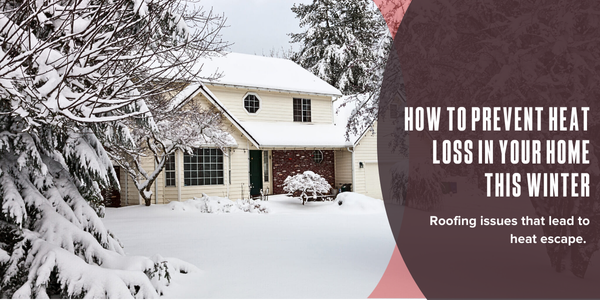
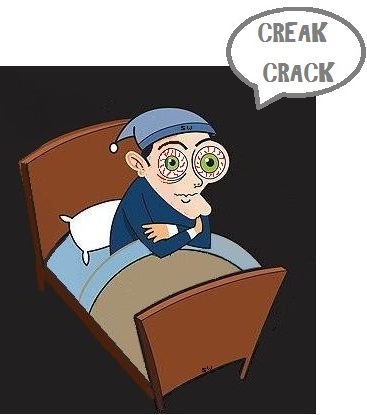
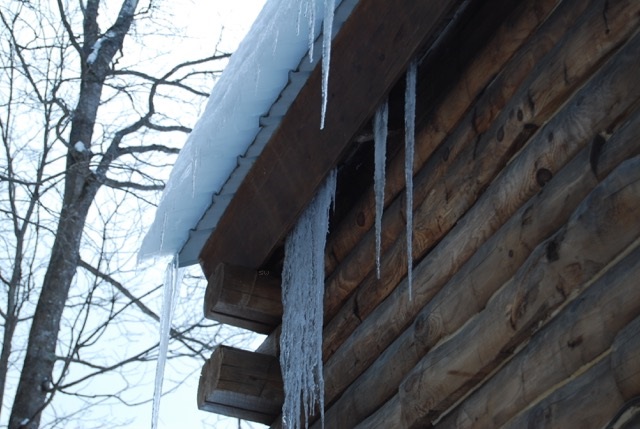
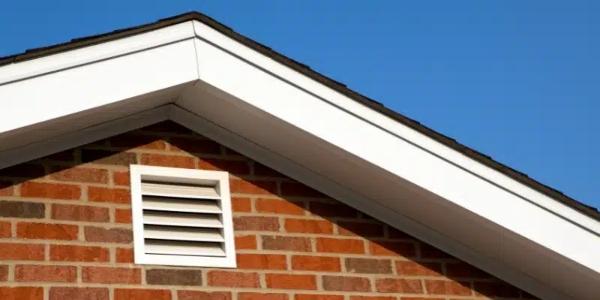






Comments
Leave a Reply
Have an account? Login to leave a comment!
Sign In